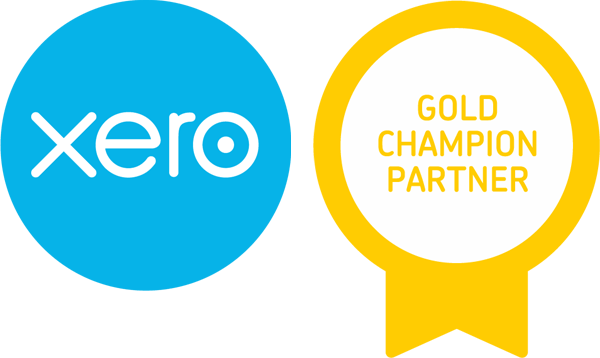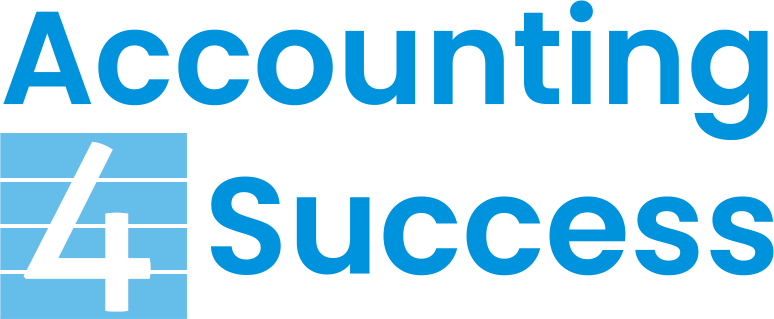Information Update Business Investment Deduction
Here is the latest information on the Investment Allowance
The bill is yet to pass through the parliament and this should not be an issue as the opposition have said they will not oppose it.
SMALL BUSINESS TAX BREAK BOOST
The Rudd Government will provide another major boost to its highly successful Small Business and General Business Tax Break, providing vital stimulus to support jobs and help small businesses doing it tough in the global recession.
Small businesses will now be able to claim a bonus tax deduction of 50 per cent – up from 30 percent previously of the cost of eligible assets acquired between 13 December 2008 and 31 December 2009, and installed by 31 December 2010.
Small businesses are the backbone of our economy, employing millions of Australians, but many have faced some tough times during this global recession.
That's why the Rudd Government has been so determined to help small businesses invest with confidence and take advantage of the opportunities that will come with economic recovery.
The increased Tax Break provides small businesses with an even greater incentive to invest in new capital items, such as computer hardware and business vehicles, and to make capital improvements to existing machinery and equipment.
This major boost will support jobs and businesses all over the country. It accompanies the powerful steps taken by the Rudd Government to stimulate the economy so that small businesses have customers walking through their doors.
The expanded Tax Break will be available to small businesses with a turnover of less than $2 million.
All other businesses can continue to access the Tax Break at 30 per cent for eligible assets contracted for prior to 30 June 2009 and 10 per cent for eligible assets that they commit to
investing in between 1 July 2009 and 31 December 2009.
Small businesses only need to invest a minimum of $1,000 per asset in order to qualify for the Tax Break.Under enhancements to the Tax Break announced in March 2009, they can also amalgamate their expenditure on batches and sets of assets in order to meet this threshold.
More detailed information about the Tax Break and the expansion for small business is attached.
The Government will move amendments to the legislation currently before the Parliament to implement the expansion for small business. The Government welcomes statements by the Opposition that it will not frustrate the passage of the legislation so that Australian businesses can invest with certainty.
The expansion will have an estimated cost to revenue of $141 million, bringing the total cost to revenue of the Tax Break to $3.7 billion over the forward estimates period.
SMALL BUSINESS AND GENERAL BUSINESS TAX BREAK — DETAILED INFORMATION
Small business entities will be able to claim a bonus tax deduction of 50 per cent for eligible assets costing $1,000 or more (exclusive of GST) that they: commit to investing in between 12:01am AEDT 13 December 2008 and 31 December 2009; and start to use or have installed ready for use by 31 December 2010.
To qualify for the 50 per cent rate you need to meet the definition of a small business entity in section 328-110 of the Income Tax Assessment Act 1997 (ITAA 1997). This generally means that the taxpayer is carrying on a business and has an annual turnover of $2 million or less.
Other businesses will be able to claim a bonus deduction of 30 per cent for eligible assets costing $10,000 or more (exclusive of GST) that they: commit to investing in between 12:01am AEDT 13 December 2008 and 30 June 2009; and start to use or have installed ready for use by 30 June 2010.
Other businesses will be able to claim a bonus deduction of 10 per cent for eligible assets costing $10,000 or more (exclusive of GST) that they: commit to investing in between 1 July 2009 31 December 2009; and start to use or have installed ready for use by 31 December 2010.
Businesses can commit to investing in an asset by: entering into a contract under which they will hold the asset; or starting to construct the asset.
All businesses can aggregate their investment in batches of assets that are identical, or substantially identical, and in sets of assets for the purposes of meeting the relevant new investment threshold ($1,000 or $10,000).
Eligible assets
The Tax Break is available for new tangible, depreciating assets for which a deduction is available under Subdivision 40-B of the ITAA 1997 and new investment in existing eligible assets.
Intangibles, such as software, and rights, for which a deduction is available under subsections 40-30(2), (5) and (6) of the ITAA 1997, are not eligible for the Tax Break.
Cars can qualify for the Tax Break, except where the taxpayer uses the cents per kilometre method to determine their car expense deductions.
Land and trading stock are excluded from the definition of depreciating assets, and will not qualify for the Tax Break.
Capital works expenditure for which a deduction is available under Division 43 of the ITAA 1997 is also not eligible for the Tax Break.
Expenditure on an existing tangible, depreciating asset that is capitalised into the asset as a second element of cost can also qualify for the deduction. However, this expenditure needs to meet the relevant new investment threshold.
When a taxpayer first starts to use an eligible asset it must be reasonable to conclude that the asset will be used principally in Australia for the principal purpose of carrying on a business.
Claiming the Tax Break
The deduction will be claimed by the taxpayer who holds the asset for the purposes of Division 40 of the ITAA 1997; that is, the same person who claims capital allowance deductions in relation to the asset is entitled to the Tax Break.
The bonus deduction provided by the Tax Break is on top of the usual capital allowance deduction claimable for the asset as part of the taxpayer's income tax return. The Tax Break has no impact on deductions for an asset’s decline in value claimed under Division 40 of the ITAA 1997.
The amount of the Tax Break will be calculated using the applicable rate (50 per cent, 30 per cent or 10 per cent) and the asset's first and/or second elements of cost in terms of Subdivision 40-C of the ITAA 1997.
The deduction is claimable as part of the taxpayer’s income tax return for the income year in which the asset is installed ready for use.
If a taxpayer commits to investing in an asset in the 2008-09 income year but does not take delivery of the asset until the 2009-10 income year, the Tax Break will be claimable as part of the taxpayer’s 2009-10 tax return (provided all of the eligibility criteria are satisfied).
Worked examples
Maria runs a retail clothing store and meets the definition of a small business entity. On 7 June 2009 she purchases and installs six new mirrors for her fitting rooms. The mirrors cost $200 each and are substantially identical, so the cost of each mirror can be amalgamated for the purposes of meeting the $1,000 threshold. Maria’s total investment is $1,200 and she will be eligible to claim a $600 bonus deduction (being 50 per cent of $1,200) in her 2008-09 income tax return.
Ben operates a courier service. He also meets the definition of a small business entity. He orders and takes delivery of a new, more fuel-efficient delivery van in June 2009 at a cost of $30,000. Ben will be eligible to claim a bonus tax deduction of $15,000 in his 2008-09 tax return.
The Sunshine Bakery is a small business. On 12 October 2009, the company purchases and installs a new oven at a cost of $5,000. It will be eligible for a bonus deduction of $2,500 which it can claims in its 2009-10 tax return.
How we can help...
At Accounting 4 Success we aim to provide you with advice when your business needs it, not just when you ask for it. We help you manage every aspect of your business.
Useful tools...
We offer a range of free, easy to use online tools to help you manage aspects of your business and keep you up to date with tax facts and information as well as key financial dates.
Get in touch...
If you have a general enquiry or would like to meet with a member of our team please feel free to contact us.
 Xero
Xero
 CPA
CPA
